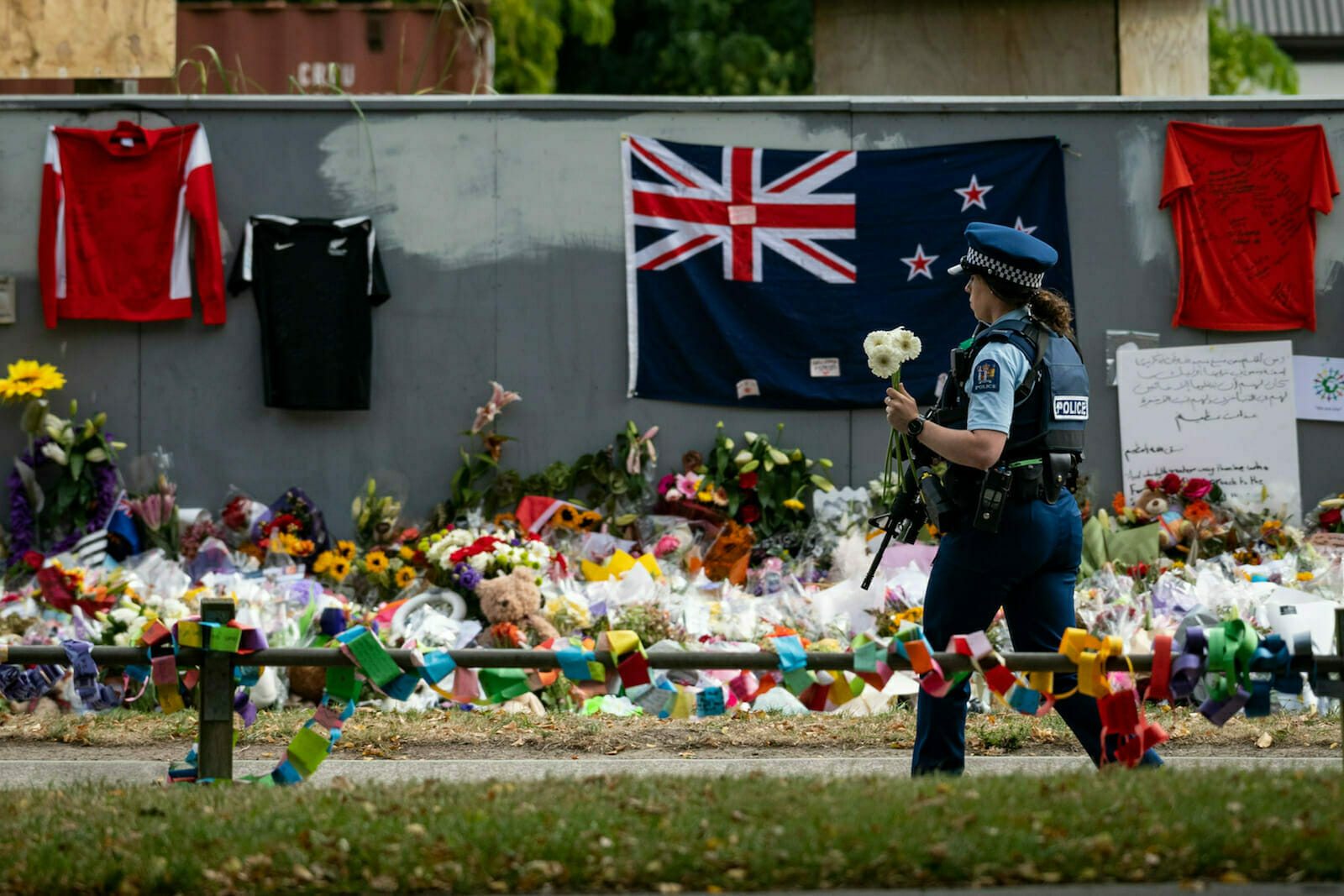
Fighting Terrorism by Restricting Freedom of Speech: Does It Work?
In the aftermath of the terrorist attack perpetrated by Brenton Tarrant on 15 March 2019 in Christchurch which killed 51 people and left 49 injured, the New Zealand government enacted a set of counterterrorism measures in an attempt to prevent other similar attacks from happening again. Measures included a ban on all semi-automatic weapons and all assault rifles as well as a series of efforts at curbing hate speech and violence glorification both online and offline.
These included an exceptional set of measures of discursive repression: on the same day of the attack the Department of Internal Affairs released a press release that declared the mass-shooting video as objectionable and therefore unlawful and Prime Minister Ardern stated she will never speak the name of the Christchurch suspect. Ten days after the massacre, Tarrant’s manifesto was also banned by New Zealand’s chief censor. The instituted Royal Commission of Inquiry to investigate the response to the attack will be kept confidential for reasons of public safety and national security and New Zealand domestic media signed a voluntary agreement to limit coverage of Tarrant’s trial.
On May 15, Jacinda Ardern and Emmanuel Macron co-hosted the Christchurch Call for Action Summit which aimed at bringing together heads of states and big tech companies to seek to end the use of social media for acts of terrorism with the Christchurch Call to Action. Meanwhile, in August, after the El Paso mass shooting, the chief censor offered his support to any Internet service provider who wished to ban the website 8chan, calling it “the white supremacist killer’s platform of choice.” Finally, the prisoner’s ability to communicate with the outside world was reduced following the revelations of the sending of multiple letters and the online publishing of one of them.
The government interference in censoring sensible material and in limiting press coverage raises obvious questions on a possible infringement of freedom of speech. But philosophical considerations apart, another equally interesting question is whether these kinds of policies have empirical support as valid and effective counterterrorism measures. In other words, whether they work or not. The simple answer is that neither political nor discursive repression nor both together are likely to help in reducing the probability of attacks and could even potentially backfire.
One important thing to keep in mind is that terrorism, being a very complex phenomenon, has equally complex causes of which political and discursive repression, or lack thereof, are one of the many sufficient if not necessary determinants.
Nevertheless, a study on right-wing terrorism and violence in Western Europe between 1990 and 2015 conducted by Ravndal indicates that countries with a combination of high levels of political and discursive repression, meaning low electoral support of radical right parties and extensive stigmatization of radical right ideas, and high immigration display a higher incidence of political violence. Other authors, such as Kaplan and Macklin, come to the same conclusion, extensive repression leads to more violence, whereas Mareš finds that lack of repression in Hungary is correlated with lowering levels of violence. However, Enstad’s study of Russia reveals that a permissive stance by the elite encourages far-right violence. This latter finding does not necessarily contradict the fact that high repression leads to violence, in fact, both can be true and lead to the same result (equifinality).
Furthermore, governments seem to have waged war to online extremist content on the grounds that it may lead to radicalization. However, the evidence is scant at best that this is happening: it is more likely that people are radicalized in person for example in prison or even by friends or relatives and only after rely on the Internet, or that people self-radicalized by actively searching for this kind of material themselves and not by stumbling on it by accident. In this sense, the Internet seems at least to facilitate radicalization by bridging distances, but its relative overall impact is still debated, and some have pointed out that it is rather a symptom than the disease. Moreover, research is at the moment inconclusive as to whether speech directly causes violence and under which conditions. Censorship has its limits and it does not prevent copycat terrorists, as more recent attacks, have proven, and could render police monitoring a more difficult task.
If the evidence is scant, why are governments so keen on censoring the Internet? They have an incentive to do so in part because extremist content has become increasingly widespread on social media and therefore we have become more aware of it. In part because it portrays government officials as a proactive defender of freedom and democracy which is better than giving the impression of being powerless. However, repressive strategies are not the only ones at government disposal and are not even the most effective. Since there are different factors that influence terrorism, there are alternative counterterrorist strategies that can be implemented. One of these strategies counters violent extremism root causes and includes policies as presented in the 2015 UN Plan of Action to Prevent Violent Extremism such as framing a civil counter-narrative both on- and offline, protecting human rights, fighting poverty and inequalities, and promoting education. Counterterrorism strategies are therefore ultimately a political question.
